A sudden slap in the face to Bell and Sikorsky
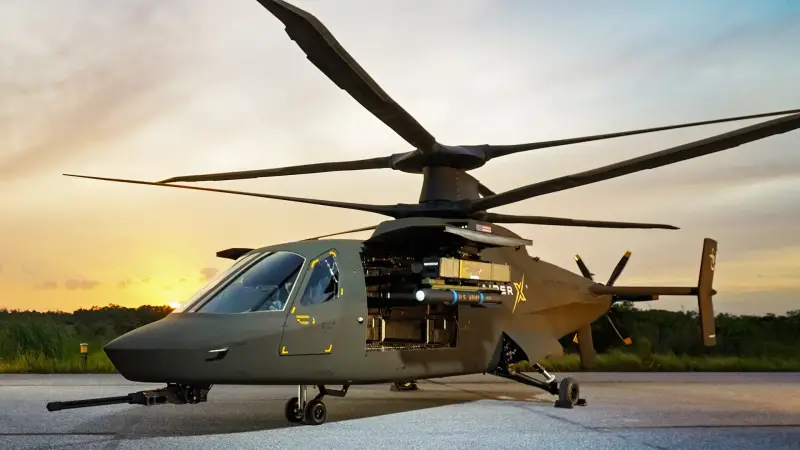
Indeed, a very unexpected thing happened: not only did the US Army decide to cancel the Future Attack Recon Aircraft program, it was also announced that all this was part of a larger shake-up in the future army aviation plans.
I can’t imagine what Igor Ivanovich Sikorsky and Lawrence “Larry” Bell would say, looking at how the brainchild of companies that bear their names and work on the ideas of great designers are sent to waste in a landfill stories. But alas, the US Army has announced that it is canceling its Future Attack Recon Aircraft (FARA) program, which was aimed at acquiring a new type of high-speed armed reconnaissance helicopter.
Go figure, and it's part of a larger restructuring the U.S. Army is planning for its future fleet of helicopters and other manned and unmanned aircraft.
Cut for the sake of the next projects? No. In fact, this revision is a very difficult and important decision (this time I take my hat off to the Americans), which was made on the basis of analyzes made on information received from Ukraine. And the conclusions made by the American military turned out to be very unpleasant for helicopters in general. In the conditions of modern warfare, which is observed today in the Northern Military District, the helicopter turned out to be a very expensive and vulnerable machine.
As a result, the FARA program is being curtailed, and the fate of the helicopters that took part in it is frankly unenviable. The FARA program was launched in 2018 and was aimed primarily at replacing the AH-64 Apache, which was used in the reconnaissance role after the OH-58D Kiowa Warrior reconnaissance helicopter was retired. The use of Apaches in this role, in turn, followed years of failed attempts to find a direct replacement for the OH-58D.
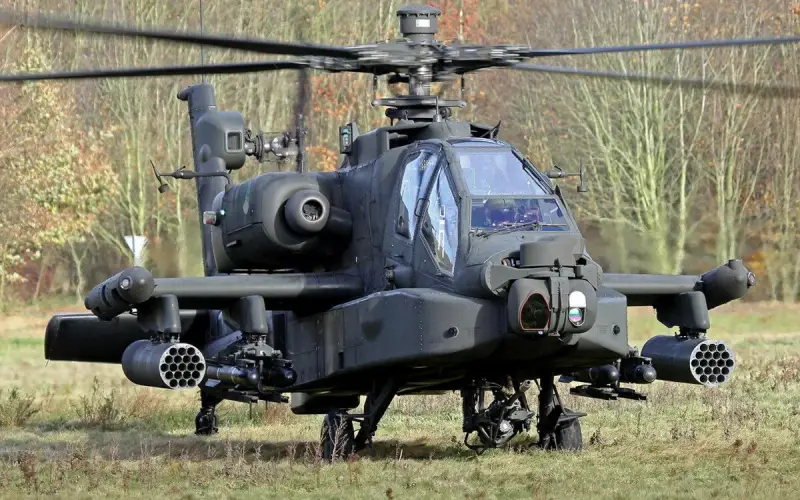
We know the contenders, we have written about them several times: Raider X from Sikorsky, an original and complex machine, and 360 Invictus from Bell, a more traditional helicopter design.
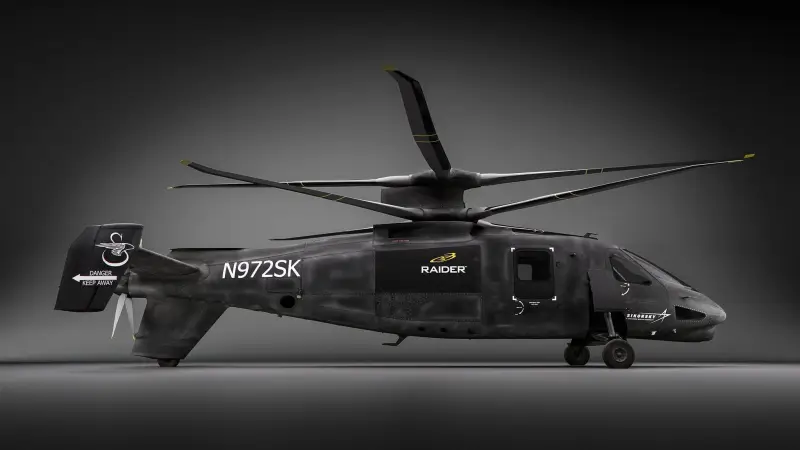
raider x
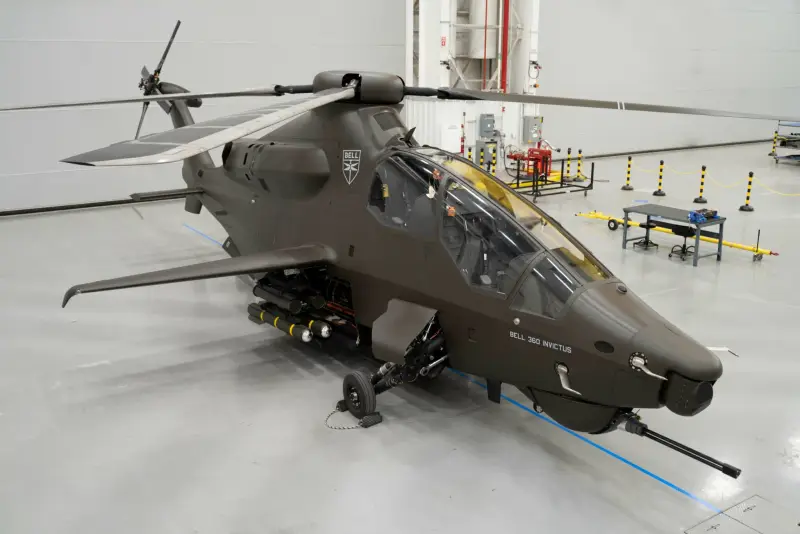
360 Undefeated
The repeal of FARA is part of what the Army is currently calling a rebalancing of aviation investments. Moreover, the DoD says it will delay production of the General Electric T901 turboshaft engine developed under the Improved Turbine Engine Program (ITEP), which was closely associated with FARA, as part of this plan. The current focus will be on integrating the T901 into existing AH-64 Apache attack helicopters and UH-60 Black Hawk utility helicopters.
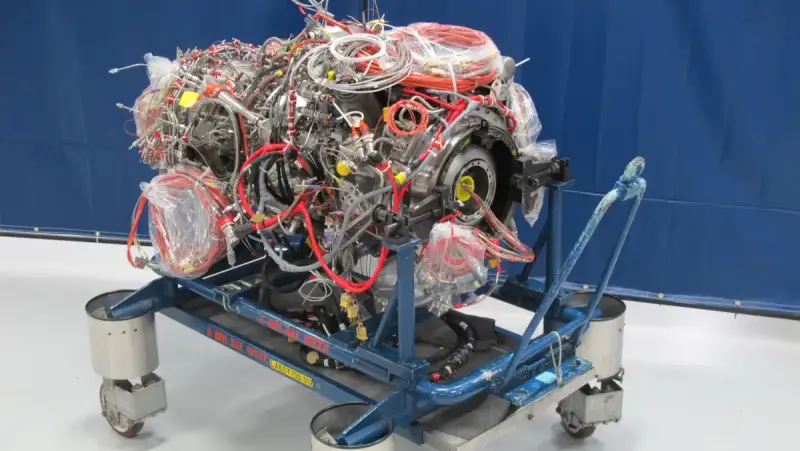
Prototype T901 engine
At the same time, representatives of the military department say that the program to acquire new tiltrotors based on the V-280 Valor design from Bell as part of the Future Long Range Assault Aircraft (FLRAA) will continue, but this is a separate conversation.
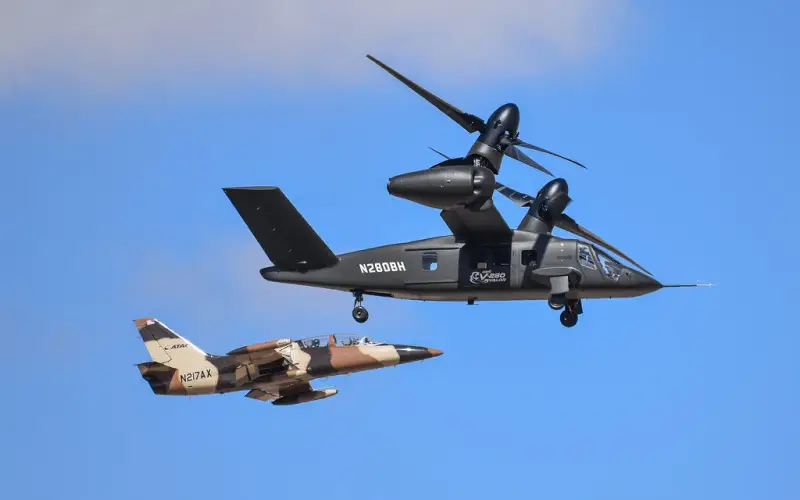
As another part of its new aviation plans, the US Army will stop upgrading older UH-60 Black Hawks in favor of buying more new production UH-60Ms. The procurement plan for improved CH-47F Chinook Block II heavy transport helicopters remains unchanged.

Both of these decisions were largely dictated by the desire not to leave the Air Force without helicopters as such and not to destroy the associated industrial base for the production of UH-60 and CH-47.
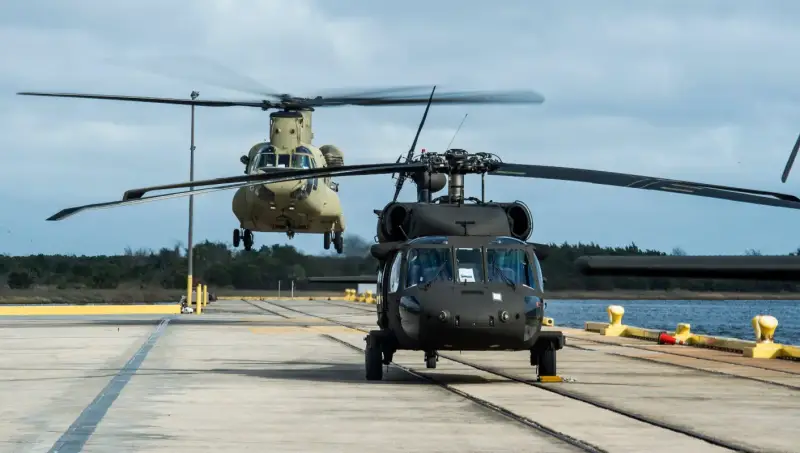
At the same time, the intention was announced to get rid of all the remaining drones RQ-7 Shadow and RQ-11 Raven. This is also logical, given the twenty-year age of these devices. In turn, the service will "increase investments in research and development to expand and accelerate the Army's unmanned aerial surveillance capabilities, including future tactical unmanned aircraft systems and launched effects." This is taken from the official release.
Not everything is clear with drones, because one day they simply changed their electronic base from analog to digital, and they served for another 10 years. However, the end of FARA is by far the largest part of the Army's recently announced rebalance of aviation programs.
Army Chief of Staff General Randy George:
Of course, the conflict in Ukraine has brought a lot of attention to assessing the usefulness of various levels of drones directly on the battlefield, as well as the threats they pose. The US Army was already planning to acquire a variety of new unmanned aerial vehicles, including air-launched ones that can operate as networked swarms, even before Russia began its air defense.
General George's comments did not mention that the war in Ukraine also called into question the overall survivability of conventional helicopters on future high-level battlefields. Both Ukrainian and Russian forces have suffered significant losses in helicopters during the fighting and have adopted tactics aimed at keeping these aircraft as far away from potential threats as possible, i.e., from the front lines.
But here it is worth remembering that Ukraine is not alone... There are theaters of hypothetical military operations that are more dangerous for the United States. For example, the Pacific Ocean.
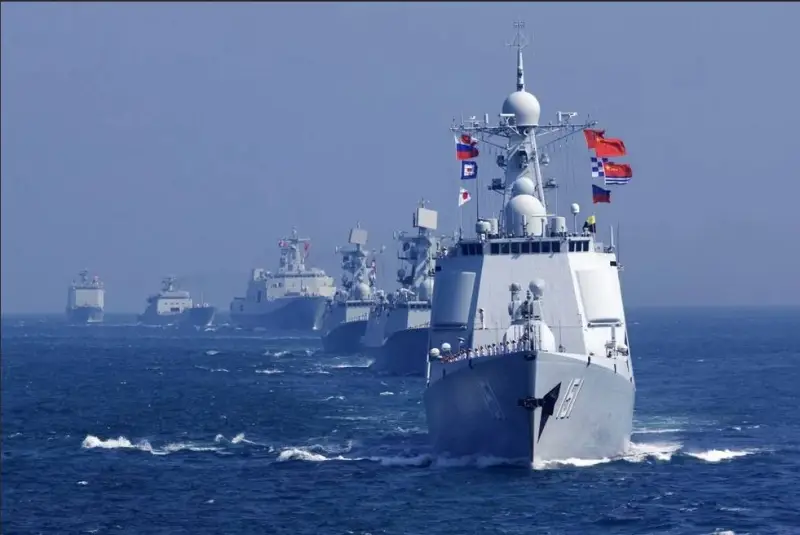
The US military will face even greater air defense threats in any future large-scale conflict, especially with China in the Pacific. In this scenario, traditional helicopters may be of even more limited usefulness given their insufficient range to operate effectively over very large areas, much of which would be covered by water.
The Army's choice of a more expensive, but longer-range, high-performance tiltrotor as the future FLRAA platform is a decision that continues to be the subject of considerable debate. The FLRAA loser, the Defiant X, was developed by Sikorsky and Boeing and was a helicopter similar to FARA's Raider X. It is possible that an armed variant of FLRAA or its derivative could now replace the FARA program.
The repeal of FARA will also impact the future of Army Special Forces aircraft fleets. Last year, US Special Operations Command said the FARA, or its variant or derivative, was expected to be a replacement for the AH-6/MH-6 Little Birds currently operated by the elite 160th Special Operations Aviation Regiment.
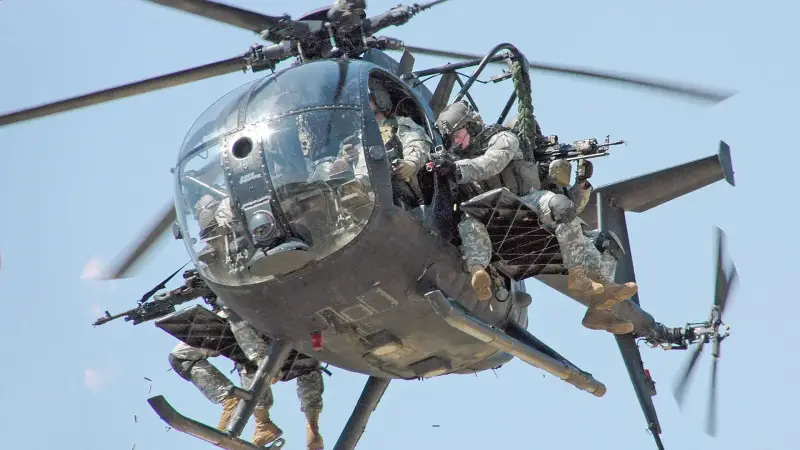
MH-6 Little Bird
It's also worth noting that the Army's decision on FARA is consistent with cuts to the Marine Corps helicopter fleet in recent years. For the Marine Corps specifically, this is part of a larger restructuring of the entire force structure based on new concepts of operations that place greater emphasis on preparedness for a future major conflict in the Pacific.
However, we should not forget here that the USA is a country of lobbying. And even after all the announcements, there is a possibility that Congress could still block repeal of FARA for the military. A delegation of members of Congress from Connecticut, where Sikorsky is headquartered, has already issued a statement condemning the decision.
“We are extremely disappointed that the Army has decided to withdraw from the FARA program. The Army has told us repeatedly that FARA is their number one priority. This is a complete reversal of that position.”
“We are disappointed with this decision and will await a debriefing by the US Army to better understand its choice.”, Lockheed Martin, Sikorsky's parent company, said in a statement.
The Bell company has not made any statements on the topic. Perhaps because she won the competition for the still active FLRAA program.
Regardless, the US Army's decision to cut FARA may only raise more questions about the future of helicopters in the US military as a whole.
But the discussion that arose in the American media showed that abandoning the future attack reconnaissance helicopter was the right choice for the army.
The vast expanses of the Pacific Ocean, modern air defenses, advances in drone technology and lessons learned from Ukraine have killed the increasingly compelling case for FARA.
And here the key is indeed the Asia-Pacific region. And the fact that the US Army is canceling one of its most high-profile aircraft programs, the Future Attack Reconnaissance Aircraft, with two competing prototypes already built in the metal, came as a shock to many, but in fact it is quite natural.
As the Pentagon bets on the possibility of a war in the Pacific at a high level and sees the results of helicopter combat in Ukraine, the relevance of the FARA program is rightly being questioned, and the assumptions about future air warfare on which it is based are also in need of serious revision.
Simply put, moving forward would be a wasteful exercise, and canceling it now, before it got into flight testing, was the right decision. Of course, Sikorsky and Bell, having received such a loud blow, will be very unhappy, since their prototypes are almost ready. And both teams, Sikorsky with their Raider X and Bell with their 360 Invictus, worked very hard, coming up with very different solutions to the same armed reconnaissance and attack helicopter problem. Both prototypes seem very promising, and they may even live. But this is a topic for a completely separate conversation.
The current headache for the American military is the fighting in the Pacific Ocean. There is an understanding that existing concepts are suddenly outdated, but there is no vision of how things could go there. But the Pentagon already understands that purchasing hundreds of helicopters with a relatively short flight range at high prices does not make sense when it comes to combat operations in the Pacific Ocean.
In military operations in the Pacific, in the vast majority of cases, FARAs, even with extended range, will not be able to get from their home base to where they can perform combat missions and survive to do so repeatedly. The most likely outcome is that helicopters will have little to do during such a conflict, not because they are not highly capable, but because they simply will not be able to reach areas where fighting is taking place and have no chance of returning home alive, even if if they could, they would be doubtful.
But the events in Ukraine showed how vulnerable helicopters are when operating on a modern battlefield - even one that is traditionally much better for helicopters than the Pacific Ocean. Operating in a layered air defense environment significantly reduces the usefulness of rotorcraft, especially attack and reconnaissance aircraft. The realities of survivability and the need to get within striking distance of targets are increasingly out of step with attack helicopters, and many other platform options are much more suited to executing attacks from range. Launching a NURS from a pitch-up position is not a combat technique of the 21st century, no matter how you look at it.
And a man in a helicopter cockpit on a combat mission is also becoming more and more questionable every day, especially when the army is already sitting on a huge navy of almost a thousand AH-64 Apaches, almost half of which FARA vehicles were supposed to replace.
Here, of course, drones are more preferable because they are lighter, cheaper, and the use of which will not cause casualties.
A helicopter today is too slow, large and vulnerable. What can I say if cases of helicopters being hit by ATGMs have already been recorded... And some modernization will not help here.
Yes, the higher the speed, the higher the survivability. This means less opportunity to be hit, including by traditional ground fire, and less time for the enemy to react and effectively engage. It will also reduce travel times to combat areas and make evading said threats more feasible.
But adding 100-150 km/h to a helicopter's maximum speed (at best) will not improve the helicopter's survivability, especially when faced with a modern integrated air defense system. Whether the helicopter is moving at 200 or 300 kilometers per hour, the surface-to-air missile won't care once the target is detected and tracked. An airplane with a speed of 2M still has some chances, but a helicopter with a speed of 0,25M has no chance.
FARA is not just about speed. It was about combining new technologies with speed so that the vehicle could carry out any mission in difficult conditions. But further without FARA.

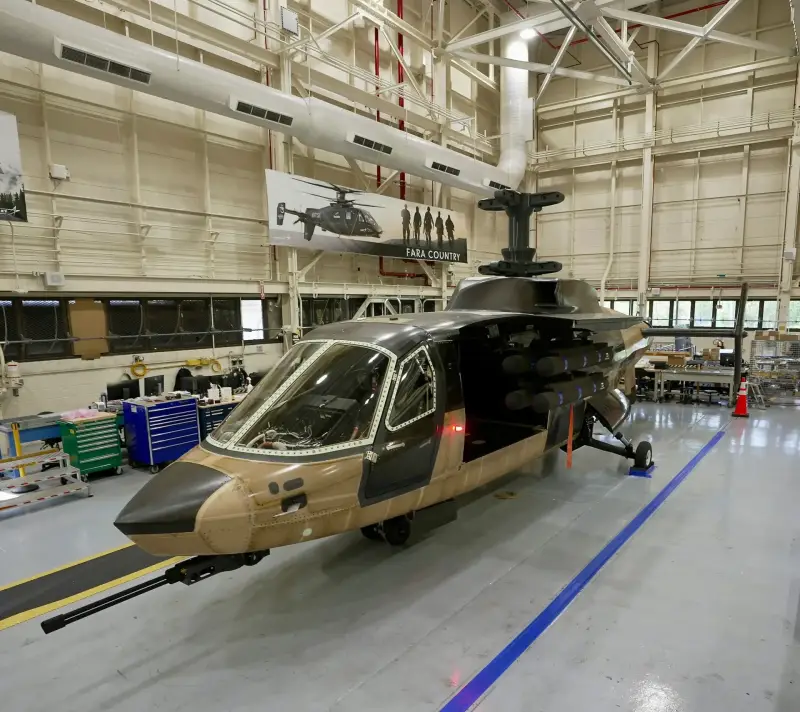
What's next?
And then, according to many experts in the USA - ALE. Unmanned aerial vehicles that can conduct surveillance, jam, act as decoys, and provide long-range strike capabilities, including in a cooperative "swarming" manner, would be one of the biggest assets to any rotary-wing aircraft. the device survived over the battlefield in high-level combat.
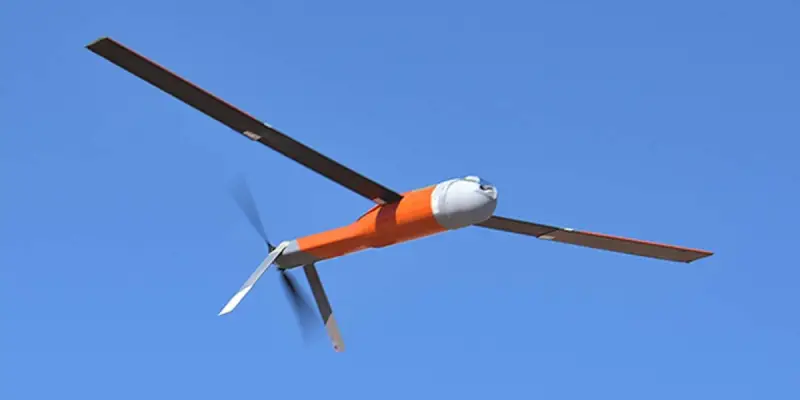
These drones, launched and controlled by FARA, would be an important part of the survivability equation. However, ALE and the complex required to control them can be installed on any army helicopter, not necessarily on a state-of-the-art one. The same can be said for electronic warfare systems, other advanced countermeasures, and advanced sensors and communications that can provide greater situational awareness and therefore survivability.
In general, UAVs look much more preferable than helicopters, even if they are fast, stealthy, and well-armed. They can carry out any helicopter mission, except, perhaps, the delivery of personnel, and in the event of the loss of the device, the crew is not lost.
The US Army still plans to develop the Future Long-Range Assault Aircraft (FLRAA), which is a type of medium-lift aircraft based on Bell's next-generation V-280 Valor tiltrotor. In its justification for repealing FARA, the Army said it would continue to place a strong emphasis on FLRAA. The Bell design has significantly greater speed, range (it can also be air-refueled) and payload than any of FARA's competitors, and can be easily adapted to armed reconnaissance and attack missions. In fact, this was always intended, a matter of necessity.

Yes, the FLRAA vehicle in the attack configuration will clearly lose maneuverability and will be larger in size than the FARA concept, but it is difficult to say how relevant this is for the future war of army aviation. FLRAA is faster than FARA, so these disadvantages will be compensated to some extent. But what’s the point if we mean the harsh areas of the Pacific Ocean, in which speed and stealth will not prevail (you can hide there anyway), but flight range?
Considering all of the above, both the 360 Invictus and the Raider X are promising aircraft, aircraft of the possible future, and with completely different characteristics. Bell's more traditional design is less ambitious than rivals Sikorsky. The Raider X has a lot of potential and significantly better performance, but it is truly exotic by traditional helicopter standards.
Beyond their capabilities, the loss of FARA when no winner has been determined at all is different for each company. Bell already has a contract with FLRAA that aims to replace many of the SH-60 Black Hawks and usher in a new era of Army rotorcraft. For Sikorsky, this is the second nail in the coffin of the X2 rigid rotor technology, on which the company clearly placed very big bets. Of course, Sikorsky has many other programs, including the CH-53K King Stallion and, of course, the extremely profitable, ever-evolving Black Hawk line, which the Army will continue to purchase for years to come. It's not going anywhere. As for the long-term future, the X2 concept, a finalist in FARA and FLRAA, was to be the key. Now the future looks less clear for the legendary aircraft company.
Of course, X2 technology could have wide applications outside the military, especially for search and rescue missions where every second counts and where speed really matters. One might imagine that a vehicle like the Raider would be the ideal flying machine for VIPs, executives, and the super-rich. It will be able to move personnel across entire regions much faster than a helicopter, but, naturally, this cannot be compared with orders for the army.
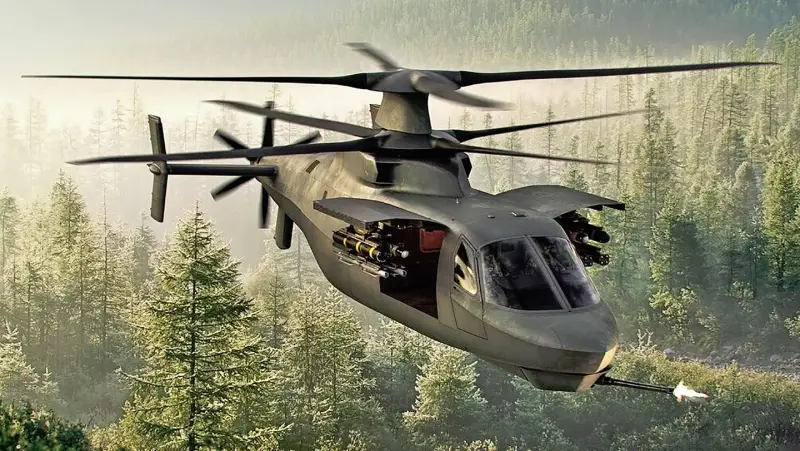
The question, of course, is whether Sikorsky will continue to invest in X2 technology after these losses, especially if it turns out that no other military funding is on the horizon.
The Bell 360 Invictus is a light attack and reconnaissance helicopter with a more traditional configuration and impressive target capabilities. It is possible that it could be further developed and offered for sale internationally. In its current form, it is less versatile than the Raider X due to its basic design limitations.
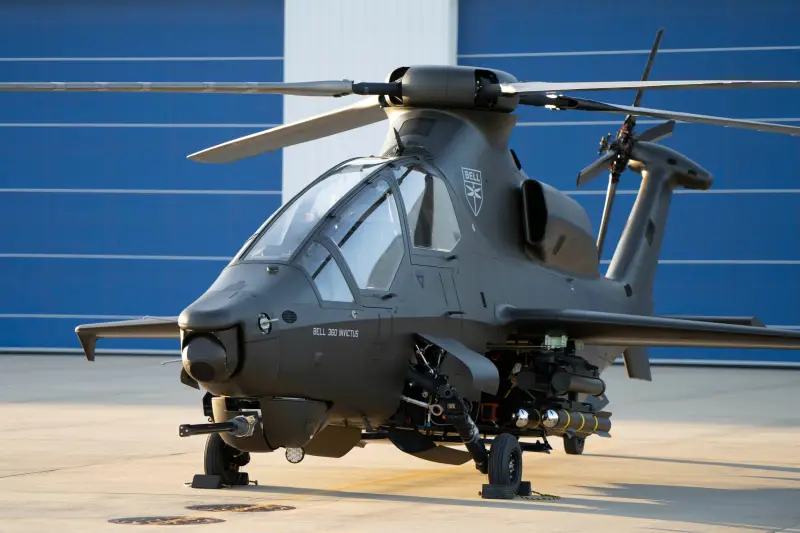
While both types are truly impressive, and it would be interesting to see them begin flight testing, the global prospect of soured relations with China and a shift to forceful methods of resolving differences is forcing a rewrite of concepts today.
Pouring huge amounts of money into the FARA concept simply doesn't make sense, especially when the future lies in UAVs with greater capabilities that can be used more freely in scenarios with a high degree of resistance to enemy air defenses.
In general, the fact that the army abandoned FARA, although it dealt a fairly significant blow to technology development companies, is a sign that awareness of changes in the world is reaching the US military. And the reaction to the changes, whatever it may be, is evidence that the Pentagon is beginning to work on its understanding of what the future should be for US Army Aviation.
Information